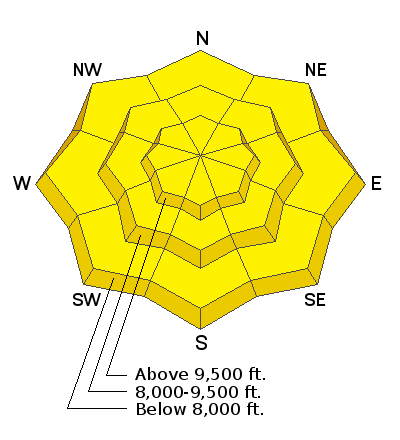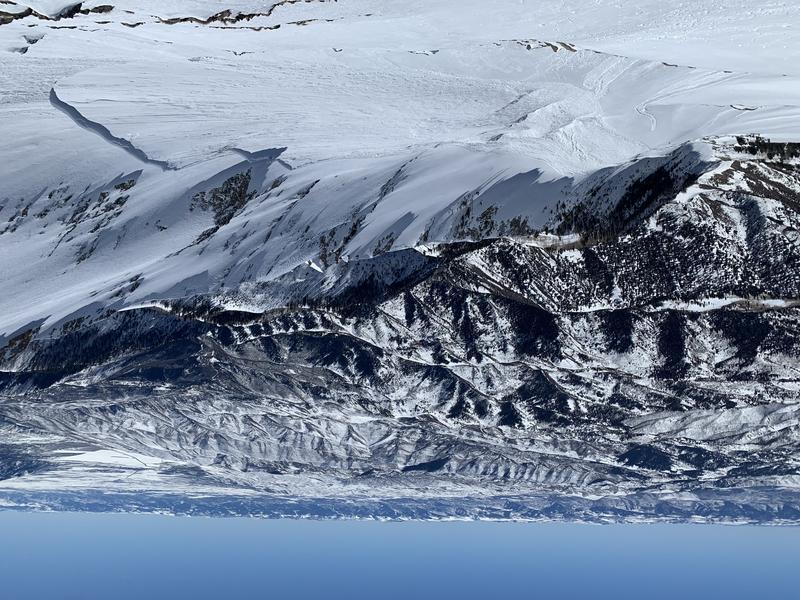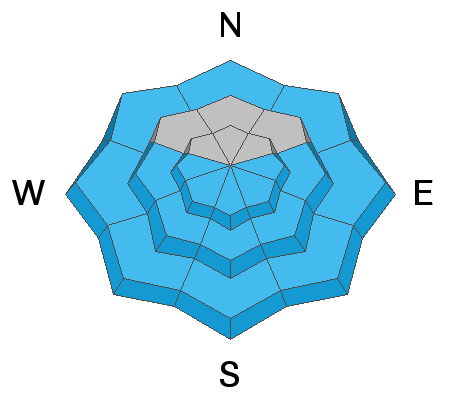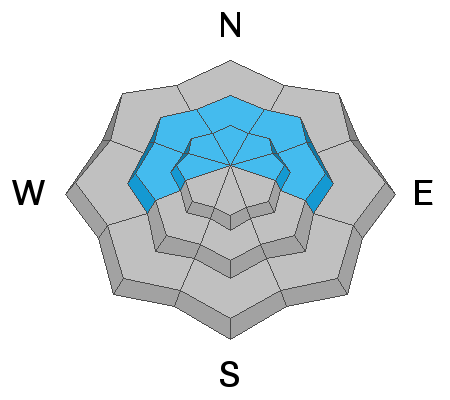Forecast for the Provo Area Mountains

Issued by Trent Meisenheimer on
Wednesday morning, March 2, 2022
Wednesday morning, March 2, 2022
The avalanche danger will quickly rise to MODERATE on all slopes facing east through south and west, where natural and human-triggered wet-loose avalanches will become possible.
There is also a MODERATE avalanche danger for triggering soft slabs 1' to 2' deep, failing on a buried persistent weak layer on mid and upper elevation steep slopes facing west through north and east.

Low
Moderate
Considerable
High
Extreme
Learn how to read the forecast here









